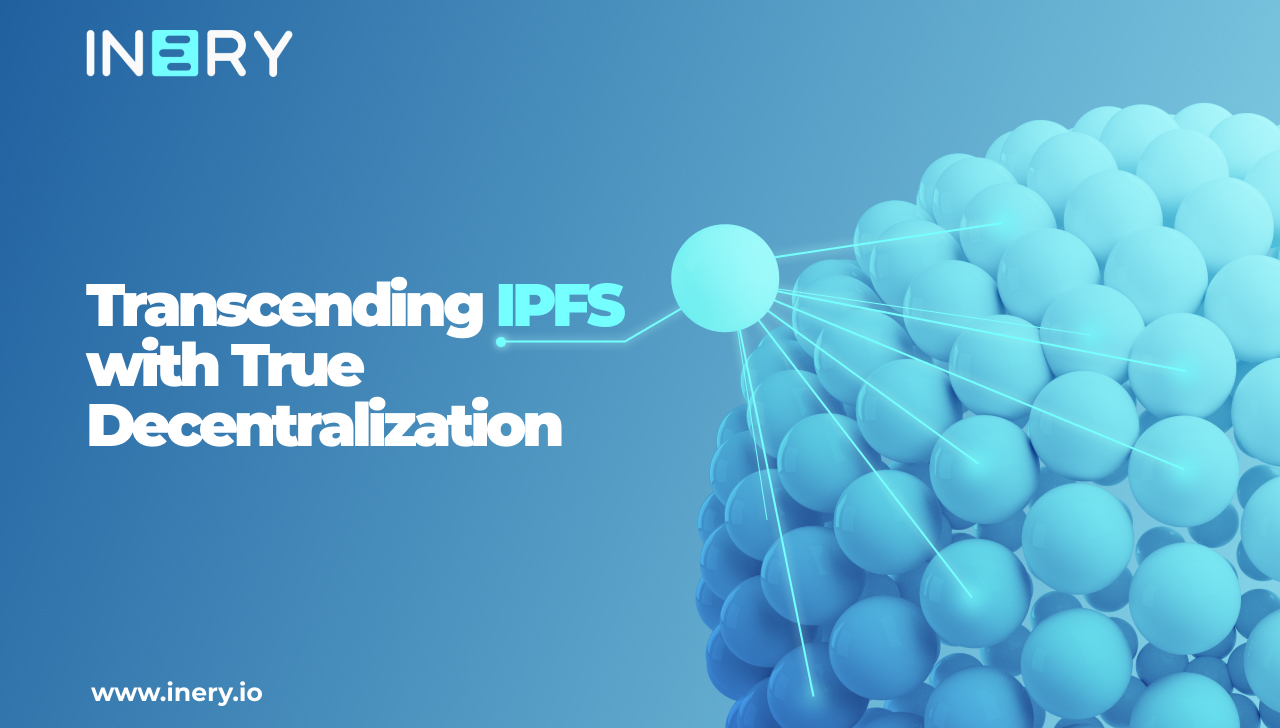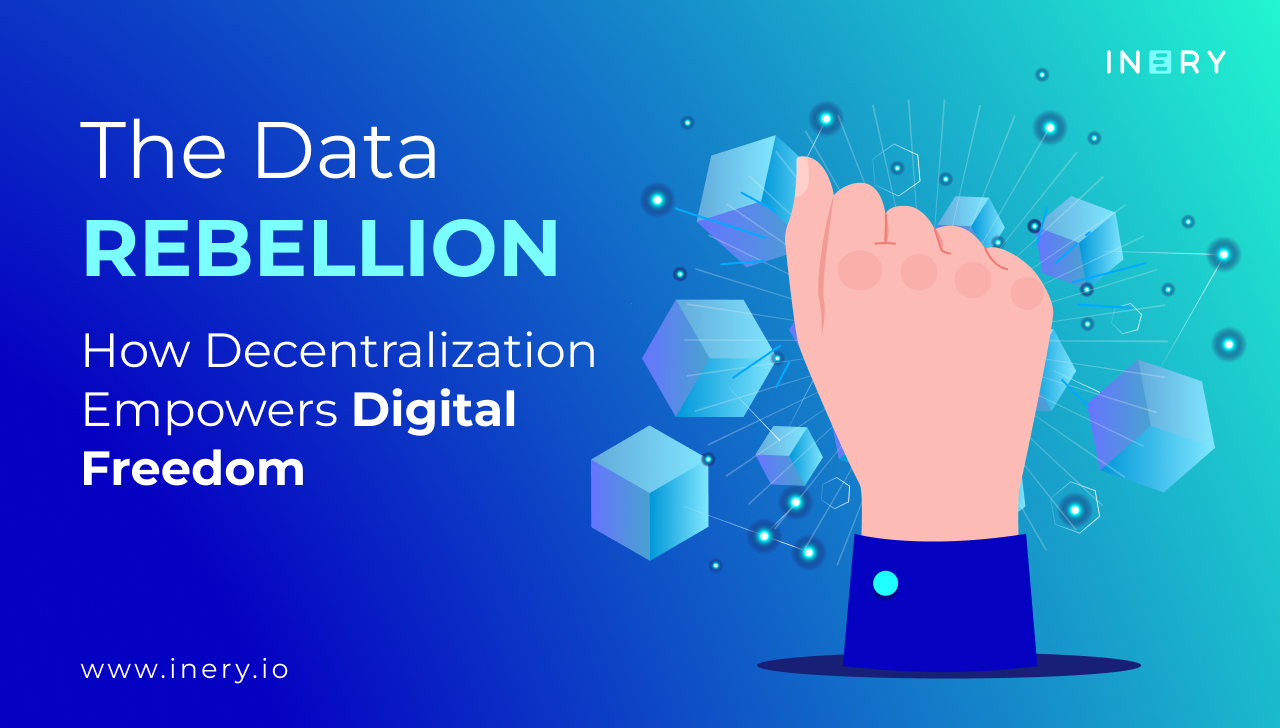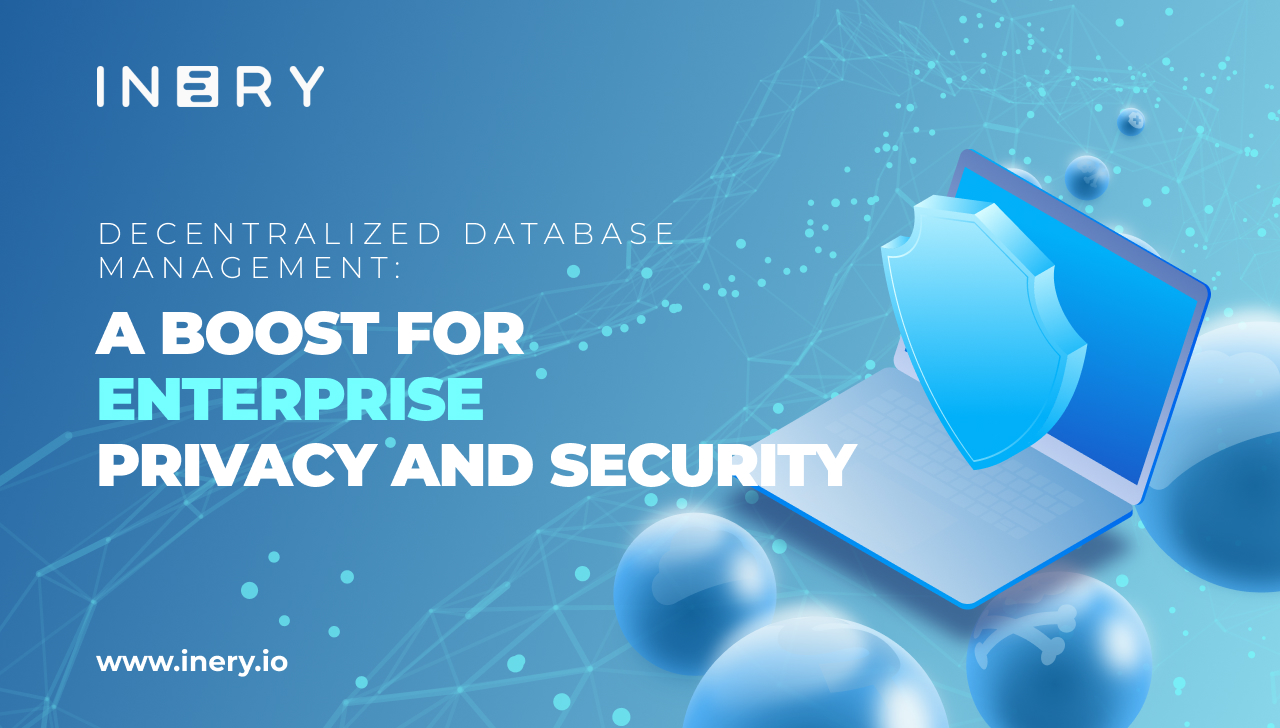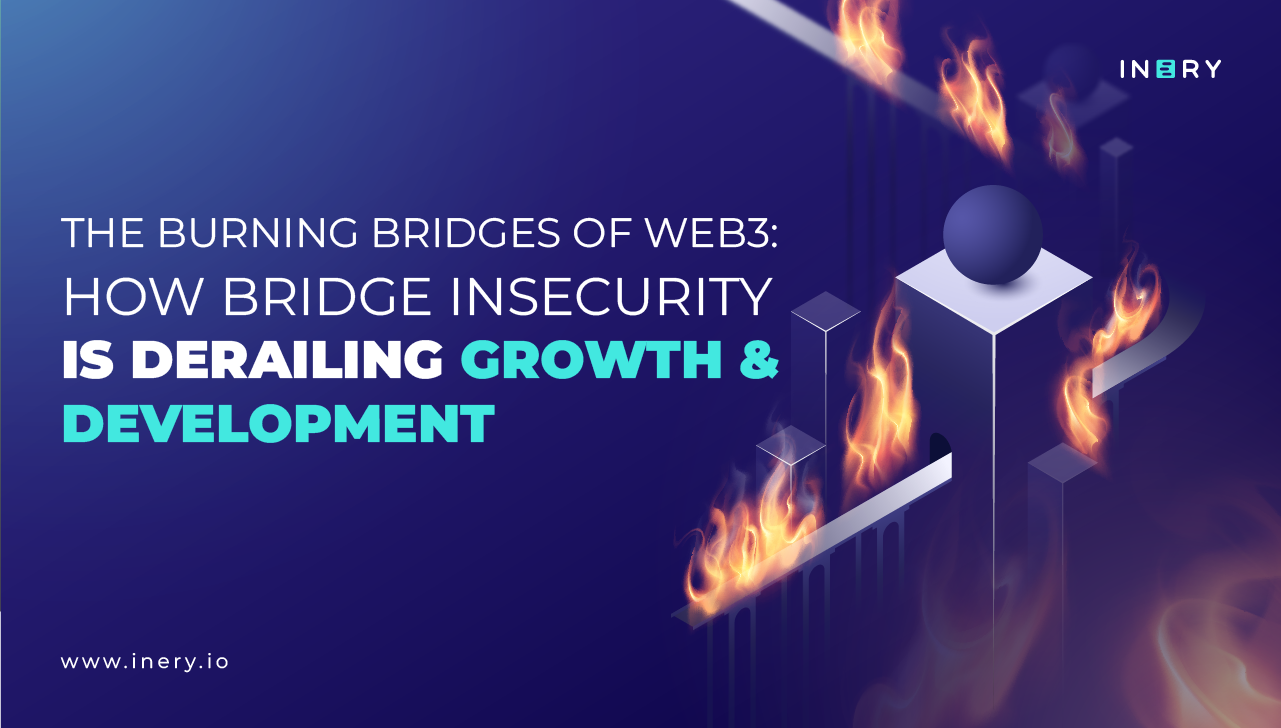In the realm of blockchain and decentralized applications (dApps), the need for secure and dependable bridges to connect the centralized and decentralized worlds is becoming increasingly critical. These bridges, known as "bridge protocols," serve as conduits for seamless asset transfers, data exchanges, and information flow between these two domains.
However, the question remains: How does bridge insecurity manifest in the Web3 ecosystem?
While the growth of Web3 technology has been impressive, it has not been immune to challenges. One of the major issues facing the decentralized world is the security of bridge protocols, which have been targeted by hackers exploiting vulnerabilities to disrupt the flow of information and steal assets. The aforementioned security breaches have significantly impacted user trust in bridge protocols, impeding the growth and adoption of Web3 technology.
In this blog post, we will explore the concept of bridge protocols, what they are, what their importance is in the Web3 ecosystem, the challenges they face, and the potential solutions to these challenges.
Bridging the Gap: Understanding Bridge Protocols
First and foremost, if you're a newcomer to the Web3 space and/or blockchain technology, and find bridge protocols to be daunting and complicated, don't worry. We'll demystify bridge protocols by providing a clear and concise definition that even those with limited technical knowledge can grasp.
Bridge protocols are digital systems that enable different blockchain networks or applications to communicate with each other and transfer digital assets (such as cryptocurrencies or other types of digital tokens) between them – securely and effectively.
In other words, bridge protocols act as translators or as mediators between different blockchain networks. They are particularly important for the growth of the decentralized world, as they promote a more connected and interoperable ecosystem; all while maintaining the security of the data.
Let’s illustrate this with a few examples:
- Imagine you have a rare digital Pokemon card or a valuable digital sports card and you want to trade it with someone. However, they are on a different app or platform than you. With a bridge protocol, you can transfer your Pokemon card to another app without losing its unique features or rarity. In other words, a bridge protocol would allow you to trade your card with anyone, on any app or platform.
- Another example of bridge protocols working their magic is transferring Bitcoins from the Bitcoin blockchain network to the Ethereum blockchain network. Bitcoin and Ethereum are two different blockchain networks that operate using different protocols. To transfer Bitcoin to the Ethereum network, a bridge protocol would be used to create a connection between the two networks, allowing the Bitcoin to be locked up on the Bitcoin network and a representation of it to be minted on the Ethereum network. This representation called a wrapped Bitcoin (WBTC), can then be used on the Ethereum network like any other Ethereum token. When the user wants to redeem their WBTC for Bitcoin, the process is reversed, the WBTC is burned, and the Bitcoin is released back to the user's Bitcoin address.
Uncovering the Root Causes of Bridge Insecurity in the Web3 Ecosystem
We have all witnessed the incredible expansion of the Web3 ecosystem, observing a wide range of developments, including smart contracts, dApps, emerging cryptocurrencies, blockchain-based projects, and a multitude of companies operating on a blockchain framework. Additionally, notable figures such as politicians, renowned entrepreneurs, and business leaders have actively discussed the potential of blockchain technology.
However, along with this growth comes a pressing concern: bridge insecurity.
While the prospect of achieving interoperability among diverse blockchains and systems is exciting, it also brings forth potential vulnerabilities that cybercriminals may exploit. These vulnerabilities predominantly reside in the bridges connecting blockchains to other systems, serving as the weakest links that can be targeted and compromised by malicious actors.
Let’s explore how these vulnerabilities arise. Firstly, a lack of proper security measures creates an environment ripe for insecurity. Insufficient encryption, inadequate network design, and a lack of thorough testing and auditing contribute to the susceptibility of these bridges to hacking and other security breaches.
Companies and organizations often underestimate one of the most significant security risks they face, which is human error, despite its prevalence. The 2022 Data Breaches Investigations Report by Verizon reveals that a staggering 82% of data breaches involve some form of human involvement. It’s no surprise that vulnerabilities within bridges can arise from errors made by individuals during their design, implementation, or maintenance.
Human error encompasses a range of factors, including coding mistakes, misconfigurations, and oversights in security protocols. Such errors have the potential to compromise the integrity and resilience of bridges, leaving them open to exploitation by malicious actors. By acknowledging the role of human error and prioritizing meticulous attention to detail, organizations can strengthen the security posture of their bridges and mitigate the risks associated with these vulnerabilities.
Hackers exploit various vulnerabilities when targeting bridges, including insufficient encryption, weak authentication mechanisms, software vulnerabilities, misconfigurations, lack of monitoring and logging, social engineering, and inadequate network segmentation. Attackers can use various methods, including phishing scams, malware, and DDoS attacks, to gain access to sensitive data and funds.
For instance, in October 2022, Binance stated that hackers stole 2 million BNB tokens equivalent to approximately $570 million. The exploit occurred on the BSC Token Hub, a cross-chain bridge allowing users to transfer assets between blockchains.
Consequences Of Bridge Insecurity
Looking beyond immediate breaches, bridge insecurity carries significant consequences. One of the most significant consequences is the loss of trust in the Web3 ecosystem, as the lack of security measures in bridges makes users hesitant to utilize them, eroding trust in the entire ecosystem.
This loss of trust can hinder the adoption and growth of Web3 technology, impeding its potential. Financial loss is another consequence, as compromised bridges can lead to funds being lost, impacting users and organizations alike and potentially resulting in bankruptcy. The resulting financial impact diminishes trust and credibility, further hindering the ecosystem's progress.
Bridge insecurity also slows the growth of the Web3 ecosystem by discouraging investments and adoption, limiting innovation, and delaying the realization of the ecosystem's full potential. These challenges highlight the urgent need to address bridge security vulnerabilities to ensure the continued advancement and success of the Web3 ecosystem.
Secure The Bridge
Bridge insecurity is a pressing concern within the Web3 ecosystem, exacerbated by the lack of standardization and regulation. With various protocols and platforms operating under different rules, ensuring comprehensive security and compliance becomes challenging. Centralized nodes in Web3 bridges further compound vulnerabilities, making decentralized nodes and peer-to-peer protocols crucial for workload distribution and risk mitigation.
To address these concerns, raising awareness and providing education on bridge security is paramount for new users and businesses entering the ecosystem. They need to understand the significance of secure bridge protocols and the potential risks associated with insecure bridges.
With Inery
Introducing Inery, an innovative blockchain platform meticulously crafted to revolutionize decentralized database management. Due to Inery’s unique technology, it’s able to address the unique challenges faced by bridge protocols.
Our innovative solution resolves critical issues such as data redundancy, ensuring multiple copies of data are stored across network nodes. This guarantees exceptional availability and reliability, even in the face of node unavailability or data damage.
Inery places extreme importance on security, leveraging powerful cryptographic mechanisms to safeguard data integrity and protect user identities. By employing Self Delegated Proof-Of-Stake consensus mechanism, only valid transactions are added to the database, bolstering the resilience and integrity of bridge protocols.
Embrace a future of trust and connectivity within the Web3 ecosystem with Inery's empowering features, ensuring secure and dependable data transfer between blockchains. Step into the forefront of bridge protocols and embark on a transformative journey toward a decentralized tomorrow.
Join Inery today and pave the way for a more interconnected and resilient future.

Inery•
2 years ago
Inery: Transcending IPFS with True Decentralization
Moving beyond the IPFS and database storage solution to offer a database management solution in a decentralized architecture. ...READ MORE

Share

Inery•
2 years ago
Our Vision for Metaverse: To Connect a Disconnected World
Changing the dynamics of metaverse from a platform-specific approach to the interoperability of content between different platforms. ...READ MORE

Share

Inery•
7 months ago
How Decentralization Empowers Digital Freedom: The Data Rebellion
In the Data Rebellion, decentralization liberates, reshaping how individuals and businesses own data and experience digital freedom. ...READ MORE

Share

Inery•
2 years ago
Decentralized Database Management: A Boost For Enterprise Privacy And Security
The first-ever database management solution that decentralizes data storage and management from the base layer. ...READ MORE

Share
Most popular today



